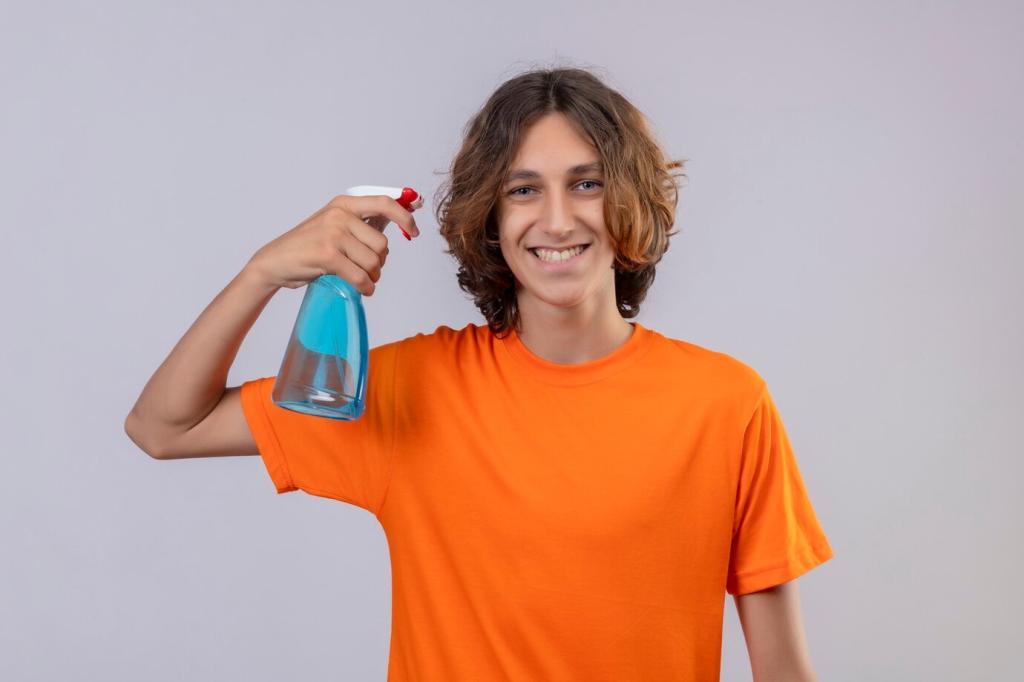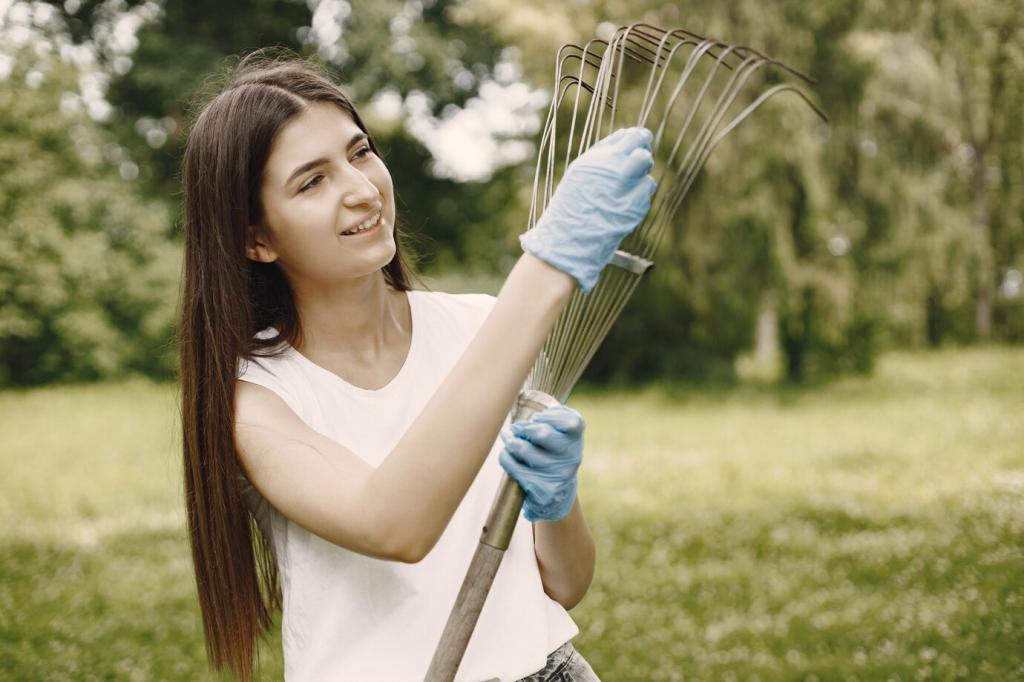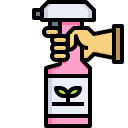Biodegradable Cleaners for Household Furniture
Why Biodegradable Cleaners Matter for the Furniture You Love
Readily biodegradable formulas break down into simpler substances within standardized test windows, helping reduce aquatic toxicity and long-term pollution. Your coffee table stays spotless, while downstream ecosystems aren’t burdened by persistent residues that linger beyond our homes and outlast their useful cleaning purpose.
Biodegradable cleaners often avoid heavy synthetic fragrances and harsh solvents, helping keep indoor air clearer and calmer. Less lingering odor means the scent of wood, fabric, and leather feels natural again. Share your experience if switching reduced headaches, irritation, or allergy triggers in your space.
Every scratch or fading varnish tells a story, but abrasive chemicals sometimes write the wrong chapter. Furniture-safe biodegradable options rely on gentler surfactants and balanced pH, helping finishes stay resilient longer. Tell us which piece you’re protecting and why it matters to your household history.
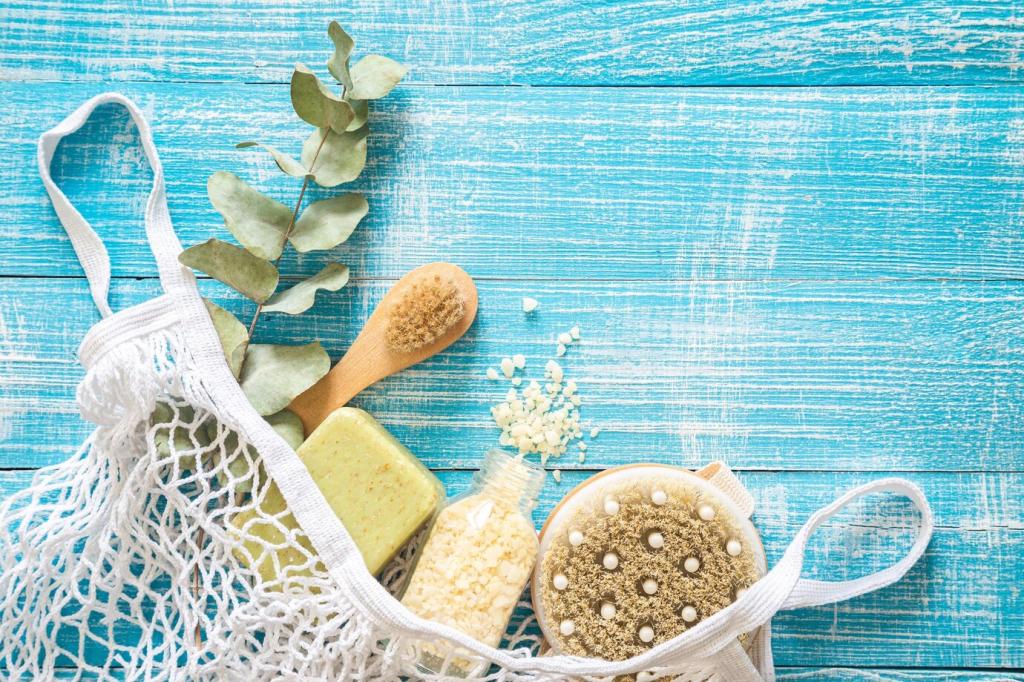
Ingredient Deep Dive: What Makes a Furniture-Safe Biodegradable Cleaner
01
Alkyl polyglucosides, derived from sugars and plant oils, lift soil without bulldozing delicate finishes. They disperse grime effectively in small amounts, rinse cleanly, and biodegrade readily. If you spot “decyl glucoside” on a label, you’re likely in the company of a gentler, furniture-friendly cleaning workhorse.
02
Citric or lactic acid can cut mineral films and dull residues, yet overuse may stress certain coatings and metals. Mild, well-buffered formulas respect varnish and sealants. When in doubt, choose slightly acidic to neutral blends and always perform a discreet patch test before broader application.
03
Enzymes help break down protein-based stains on upholstery, while light essential oils can freshen without overpowering. Seek minimal, disclosed fragrance. Avoid strong citrus oils directly on waxed or unfinished wood. Have questions about a specific ingredient? Comment below and we’ll help decode the label together.
DIY Biodegradable Recipes That Respect Your Furniture
Combine 250 ml distilled water with 1 teaspoon plant-based soap or decyl glucoside. Add 5 drops of unscented glycerin for glide. Lightly mist a cloth, not the surface, then wipe. Ideal for sealed wood, laminate, and metal accents. Subscribe for printable labels and dilution charts tailored to furnishings.
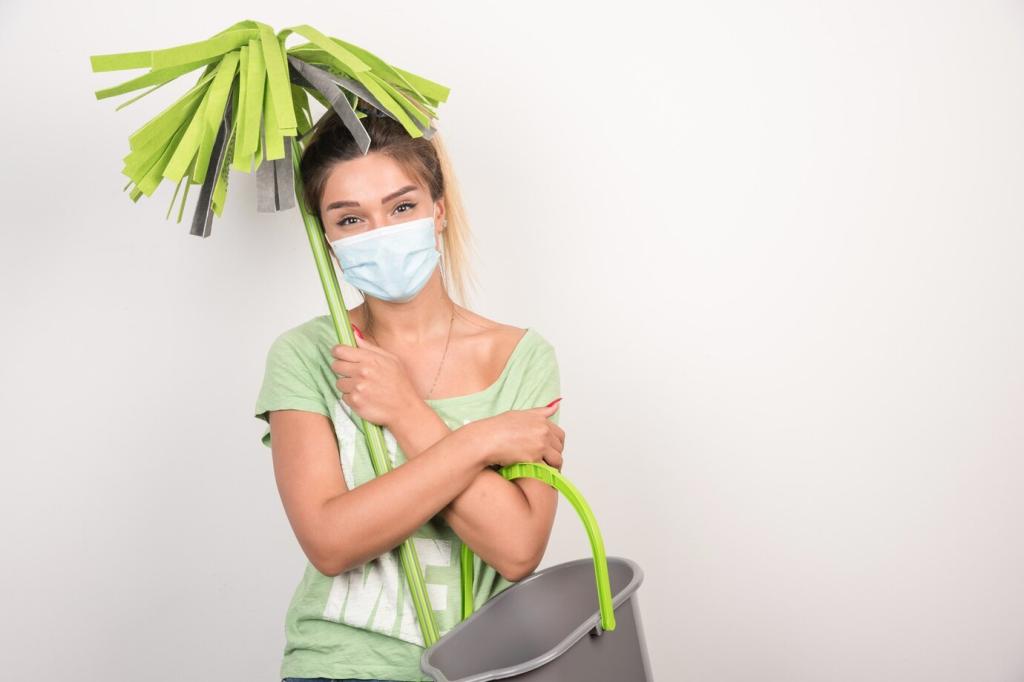
Stories from Home: Small Wins with Big Impact
A reader swapped harsh sprays for a neutral, plant-based cleaner and a soft cloth. Water rings diminished visually after patient, light passes, and the natural grain regained depth. She wrote us in relief, promising regular dusting and spot testing. Share your heirloom success to inspire cautious care.
Smart Buying and Safe Usage: Labels, Tests, and Routines
Look for phrases like “readily biodegradable” and references to standardized tests. Certifications such as EPA Safer Choice or EU Ecolabel can guide you. Prefer concentrates and refillable packaging. If an ingredient confuses you, comment with a photo of the label and we’ll help interpret it.
Smart Buying and Safe Usage: Labels, Tests, and Routines
Apply new products to a hidden area, wait, then inspect under good light. Balanced pH helps minimize finish stress. Avoid strong acids or alkalis on delicate coatings, stone, or metal inlays. Keep a small notepad of what works for each piece, and share your findings with our community.
